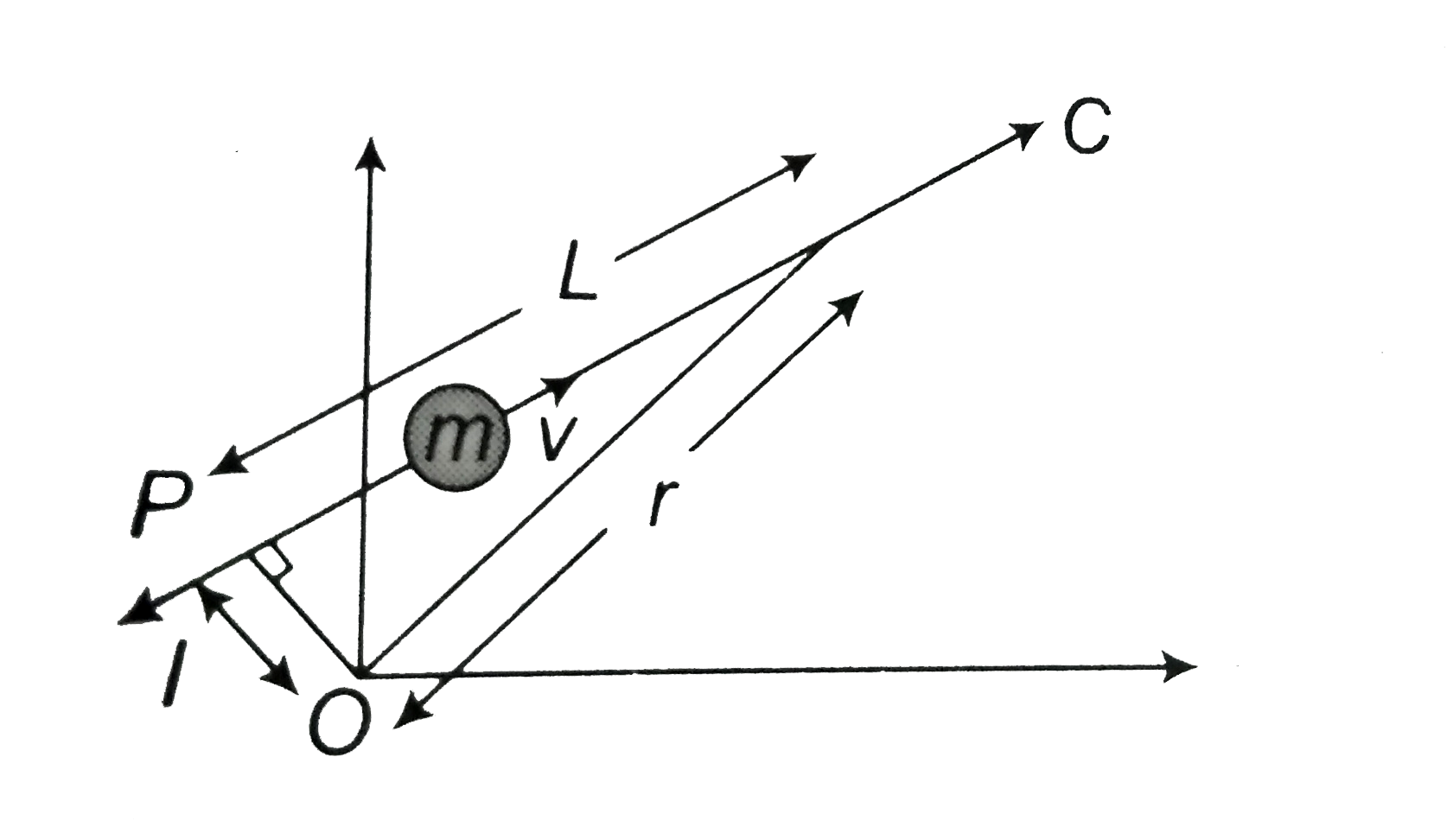A particle of massm1 is moving with a velocity v1 and another particle of mass m2 is moving with a velocity v2. Both of them have the same momentum, but their different kinetic energies are E1andE2 respectively. If m1>m2, then
E1<E2
E1E2=m1m2
E1>E2
E1=E2
The correct Answer is:A
Step by step video & image solution for A particle of mass m_(1) is moving with a velocity v_(1) and another particle of mass m_(2) is moving with a velocity v_(2). Both of them have the same momentum, but their different kinetic energies are E_(1) "and" E_(2) respectively. If m_(1)gtm_(2), then by Physics experts to help you in doubts & scoring excellent marks in Class 12 exams.
Updated on:21/07/2023Topper's Solved these Questions
- WORK, ENERGY AND POWERBOOK - AAKASH INSTITUTE ENGLISHCHAPTER - WORK, ENERGY AND POWEREXERCISE - Assignment (SECTION - D)
13 Videos
- WORK, ENERGY AND POWERBOOK - AAKASH INSTITUTE ENGLISHCHAPTER - WORK, ENERGY AND POWEREXERCISE - Assignment (SECTION - B)
35 Videos
- WAVESBOOK - AAKASH INSTITUTE ENGLISHCHAPTER - WAVESEXERCISE - ASSIGNMENT ( SECTION-D ( Assertion - Reason Type Questions ))
12 Videos
Similar Questions
A particle of mass m1 is moving with a velocity v1 and another particle of mass m2 is moving with a velocity v2. Both of them have the same momentum but their different kinetic energies are E1 and E2 respectively. If m1>m2 then
View SolutionThe de - Broglie wavelength associated with the particle of mass m moving with velocity v is
View SolutionA particle of mass 2m moving with velocity v strikes a stationary particle of mass 3m and sticks to it . The speed of the system will be
View SolutionA particle of mass m is projected upword with velocity v=ve2 (ve) escape of the particle is
View SolutionA particle of mass m is moving with a uniform velocity v1. It is given an impulse such that its velocity becomes v2. The impulse is equal to
View SolutionWhat is the momentum of an object of mass m , moving with a velocityv ?
View SolutionA particle of mass m moves along line PC with velocity v as shown. What is the angular momentum of the particle about O?

View SolutionA particle of mass m1=4kg moving at 6ˆims−1 collides perfectly elastically with a particle of mass m2=2 moving at 3ˆims−1
View SolutionA particle of mass m1 moving with velocity v in a positive direction collides elastically with a mass m2 moving in opposite direction also at velocity v. If m2>>m1, then
View SolutionA body of mass m1 moving with an unknown velocity of v1ˆi, undergoes a collinear collision with a body of mass m2 moving with a velocity v2ˆi. After collision , m1 and m2 move with velocities of v3ˆi and V4ˆi , respectively. If m2=0.5m1 and v3=0.5v1, then v1 is :
View Solution
